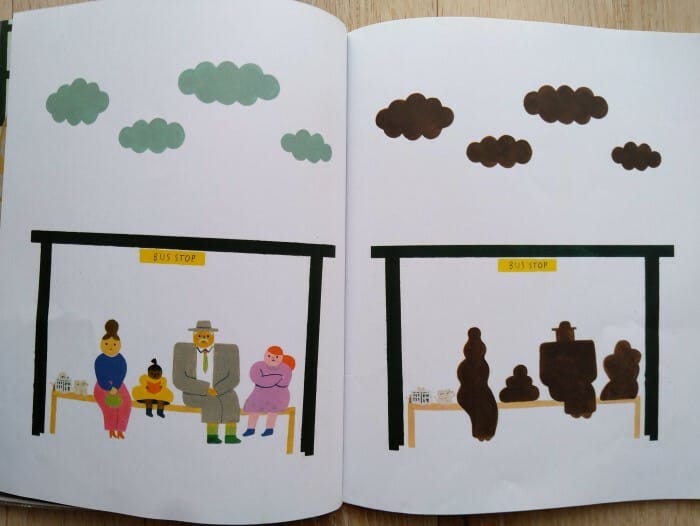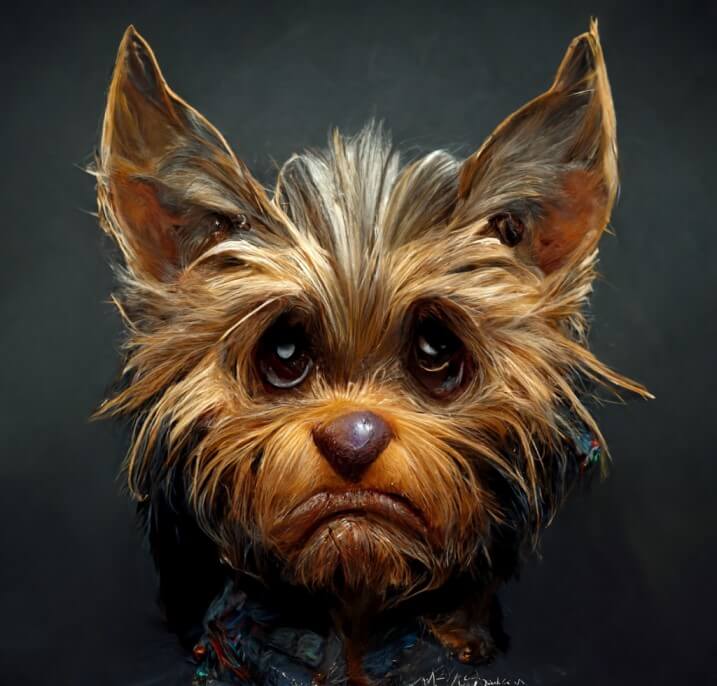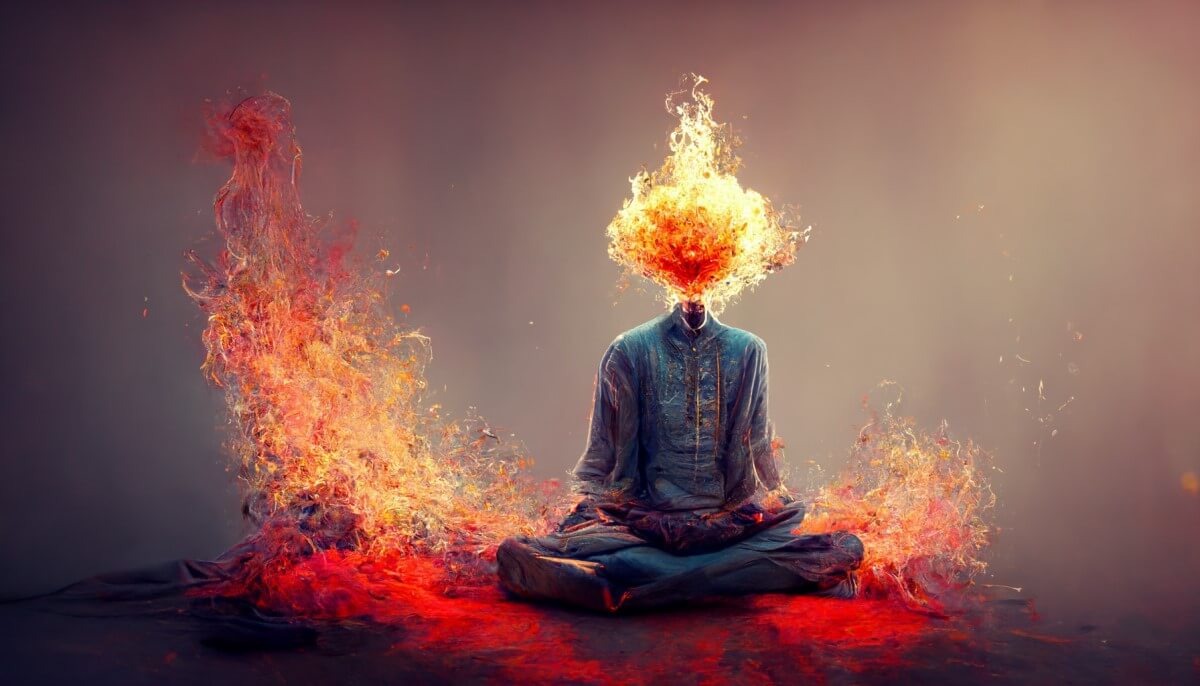My 2-year-old son is obsessed with dragons.
It started with Helen Doron's It’s a Baby Dragon series, quickly evolving to the How To Train Your Dragon movies.
I tried to show him Raya and the Last Dragon but he found it too scary and we had to switch it off. He's at the age where "mild peril" on screen actually effects him. Long gone are the times when we could easily watch the ultra-violent Squid Game series together.
But the medium doesn't matter. If it has dragons, he likes it.
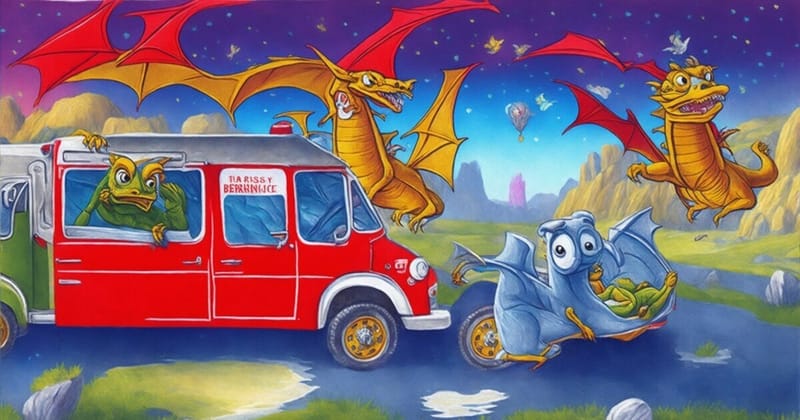
Dragons poorly imagined by Leonardo.ai
A hoard of books
We were in Kilburn Library in Queen's Park the other day, where they have a superb children's area. It has a vast array of books and an area to lounge around with your children.
We told our son he could borrow four books and immediately he pointed at one and said "Dragon!". We grabbed it, along with one about a counting hippo, one about dinosaurs, and an unignorable book called Whose Poo?.
It was only later that evening when we tried to read him these books at home that we realised his dragon choice was not what it seemed.
Yes, it's beautifully illustrated, and definitely full of dragons. But it was a jarring read.
It was about the need to wash your hands, keep your distance from people, and wear a face mask. It was a guidebook for the pandemic:
Although it hasn't been very long since we were all hyper disease-focused, reading a book like this already feels odd.
I also thought "Is this.... a thing?"
And indeed it is a thing. Or rather was.
During the pandemic, many children’s books were published about the coronavirus and how to protect yourself from it.
Even the illustrator-overlord, Axel Scheffler of The Gruffalo fame, made one - for the NHS, no less.
These books already seem like anachronisms.
They were clearly written with good intentions (it can't have been easy for most parents to keep their child protected during the pandemic), and I'm sure everybody involved was grateful to still have work during that period when many had nothing to do.
But they must have known that barely a year or two would go by before the long-term sales would drop.
Perhaps they’re relying on Do Not Bring Your Dragon To The Library to be the real cash cow
Evergreen is my favourite colour
To me, the book is a reminder of how important it is to write evergreen content.
"Evergreen" means you can read it in 5 years, or 50, that it will still be something somebody might want to casually pick up. This evergreen model is the norm in fiction - eg. new people will still be reading Harry Potter for the foreseeable.
But books caught up in current affairs are likely to peak and fall sharply.
Of course, they may get a second lease of life at some point. For example, those Trump tell-all books like Fire and Fury may have had a bump after pseudo-Alan Sugar has officially announced a new 2024 Presidential run.
If we're being cheery, maybe books like the dragon one will see new sales when another pandemic hits the globe (apparently we have a 1 in 4 chance of seeing another in the next decade).
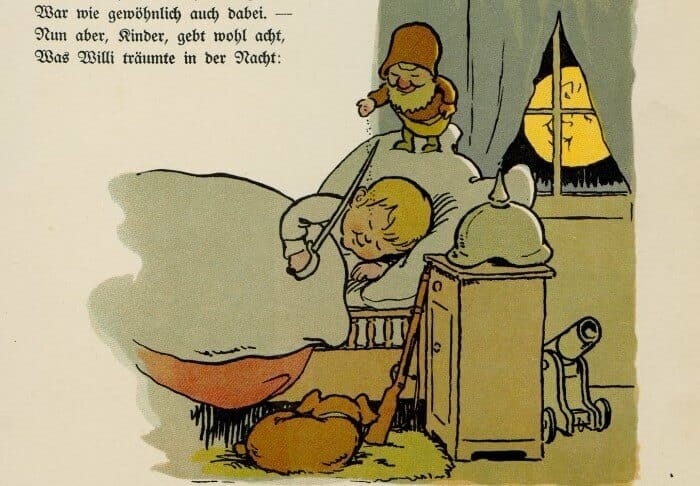
But there are definitely some children's books that are either so stuck in a period of time, or so politically-partisan, that they can’t be read without a sense of irony. They almost seem like they are trying to be forgotten.
The creepiest examples are the books designed to make children excited about signing up to the army. The bleakly-titled German-language Hurray! that came out during World War One looks like a barrel of laughs, as does Lolek Grenadier and all the other books covered in this article that came out on the opposing side from Polish publishers.
So what that he’s only five! Everybody says he is big, very big and strong. He can lift a little gun! […] Why can’t he protect Poland? What about Lolek the grenadier? He was not very much older than him!
The power of allegory
But these all do beg the question: if it really is your intention, how do you make a children's book about current affairs not weird? How do you give it a long lease of life?
Make it allegorical, of course! So much of the best fiction is just allegory after all - George Orwell's Animal Farm is probably the most famous example.
Dr Seuss was a master of allegory when it came to children's books.
Most noteworthy is The Butter Battle Book, which he wrote in the early 1980s. It's a clear anti-Cold-War book, depicting the increasing escalation of arms as absurd:
But not everybody has the panache to pull allegories off.
After Dr Seuss' environmentalist The Lorax was a hit, an organisation of hardwood flooring companies bandied together to create their own alternative version.
It's a story where loggers are heroes and it's great to cut down trees... 😵
So what would have been a good allegory for the dragon book that my son picked up? I’m not sure there is one that could have fixed it. After all, it’s clear the dragon themselves were already allegories for small children.
But enough of this meandering!
I’m sure you're actually just wondering what was in the enigmatic Whose Poo? mentioned earlier.
My favourite of the books we borrowed, the highlight of Whose Poo? was the protaganist mice wordlessly sitting at a bus stop imagining what the people there would look like if they were made out of poo:
